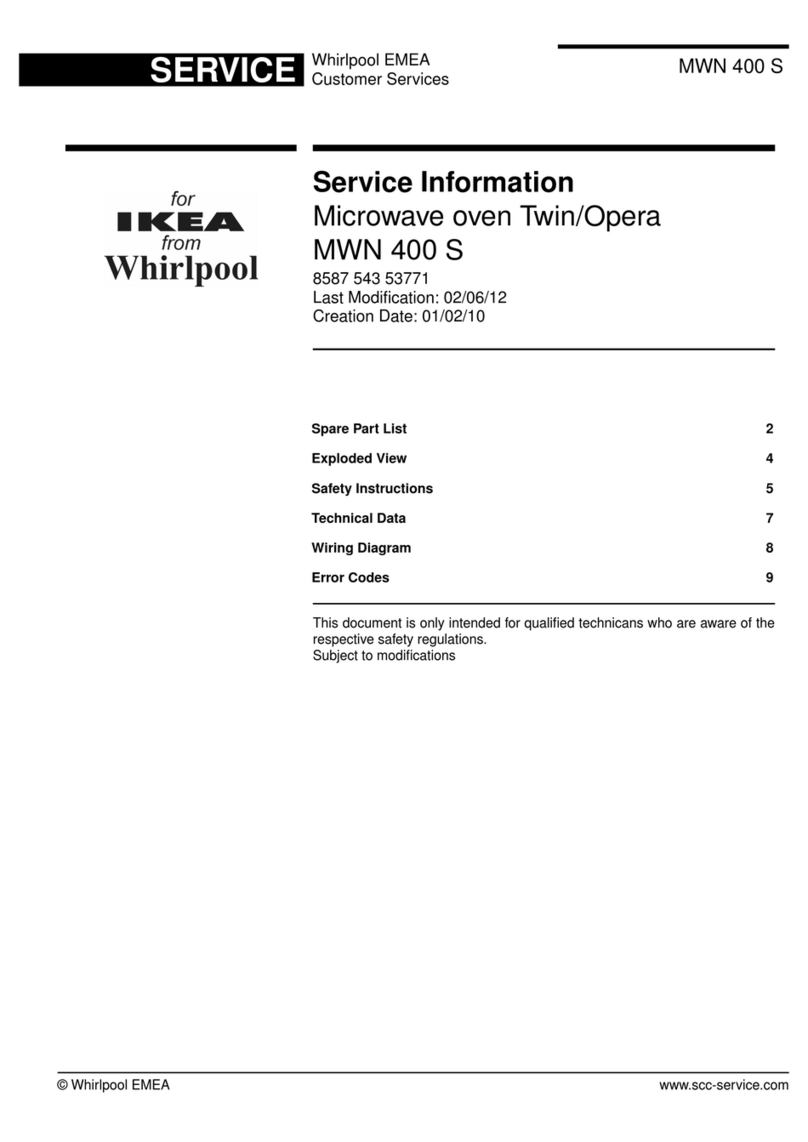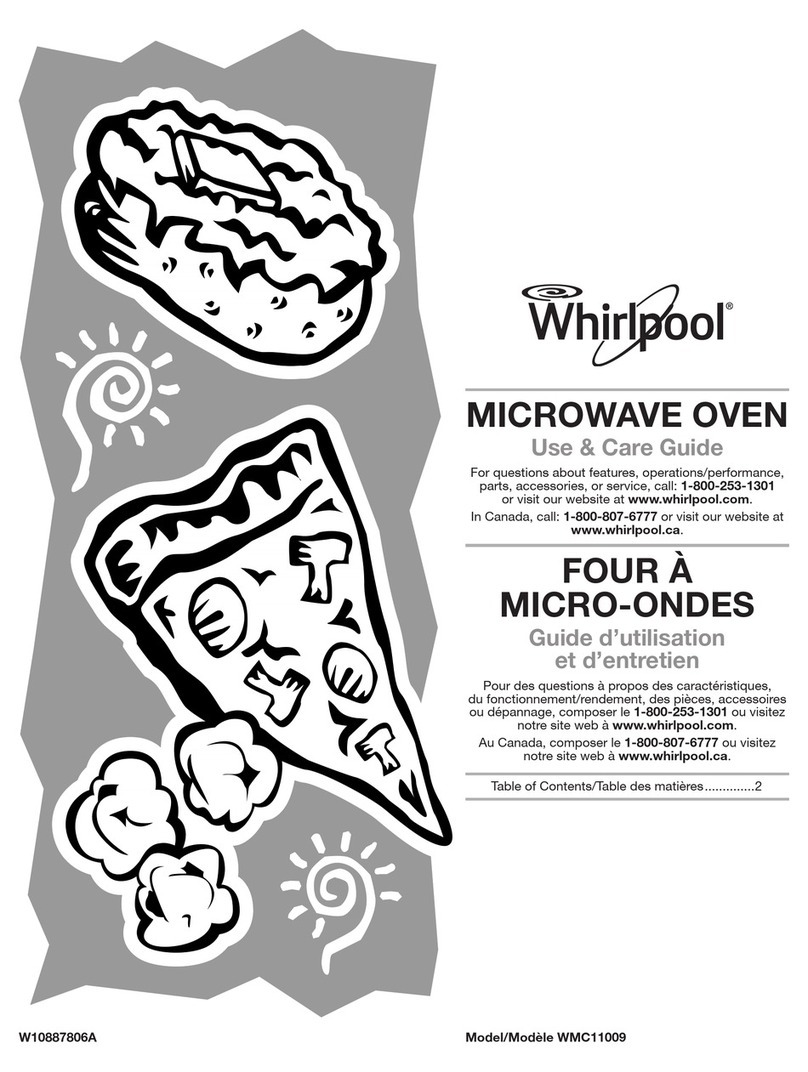Whirlpool MS3080XY User manual
Other Whirlpool Microwave Oven manuals

Whirlpool
Whirlpool WMC30309LS User manual

Whirlpool
Whirlpool AKM2800 User manual

Whirlpool
Whirlpool MH6150XH User manual
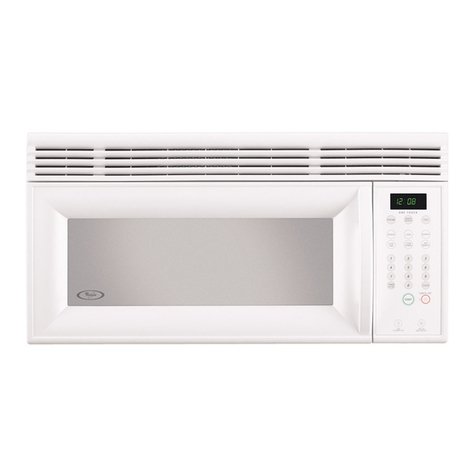
Whirlpool
Whirlpool MH1140XM User manual
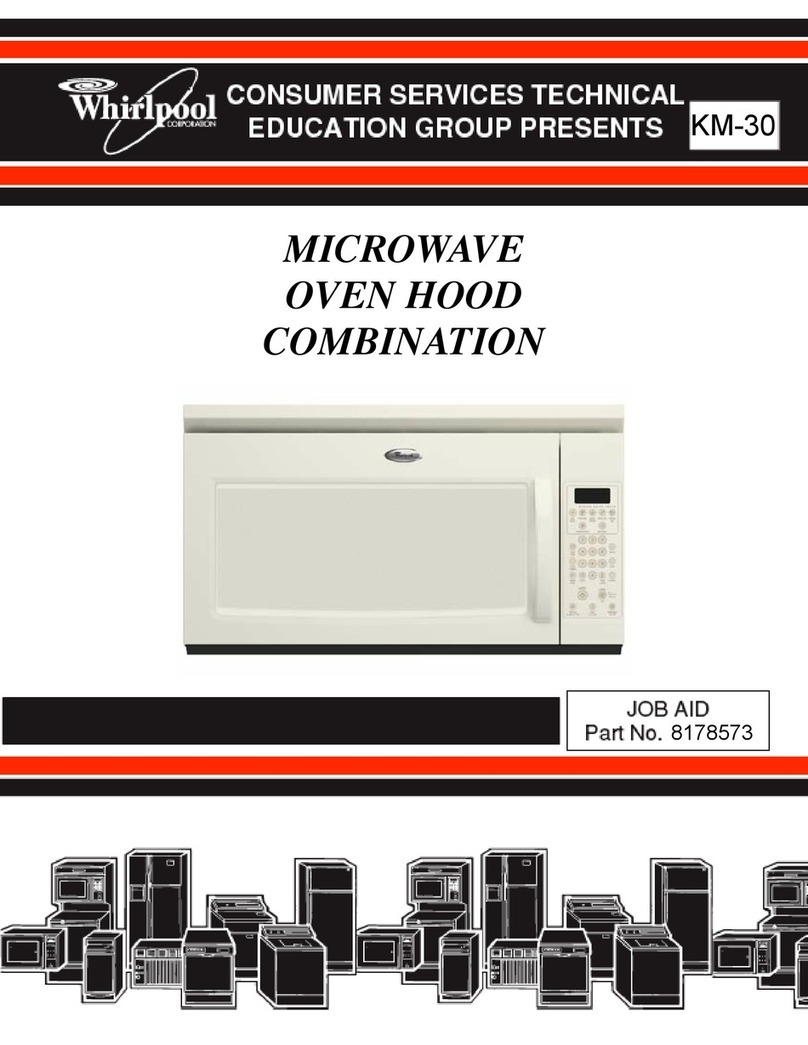
Whirlpool
Whirlpool KM-30 8178573 User manual
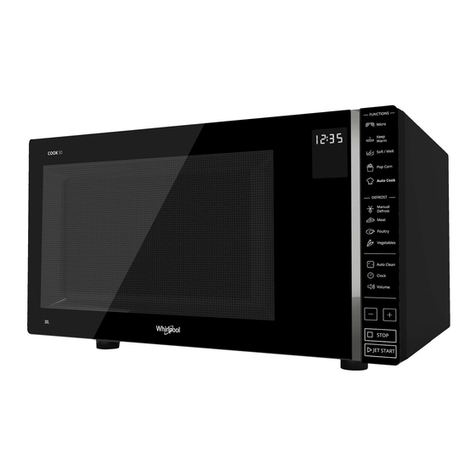
Whirlpool
Whirlpool COOK 30 User manual
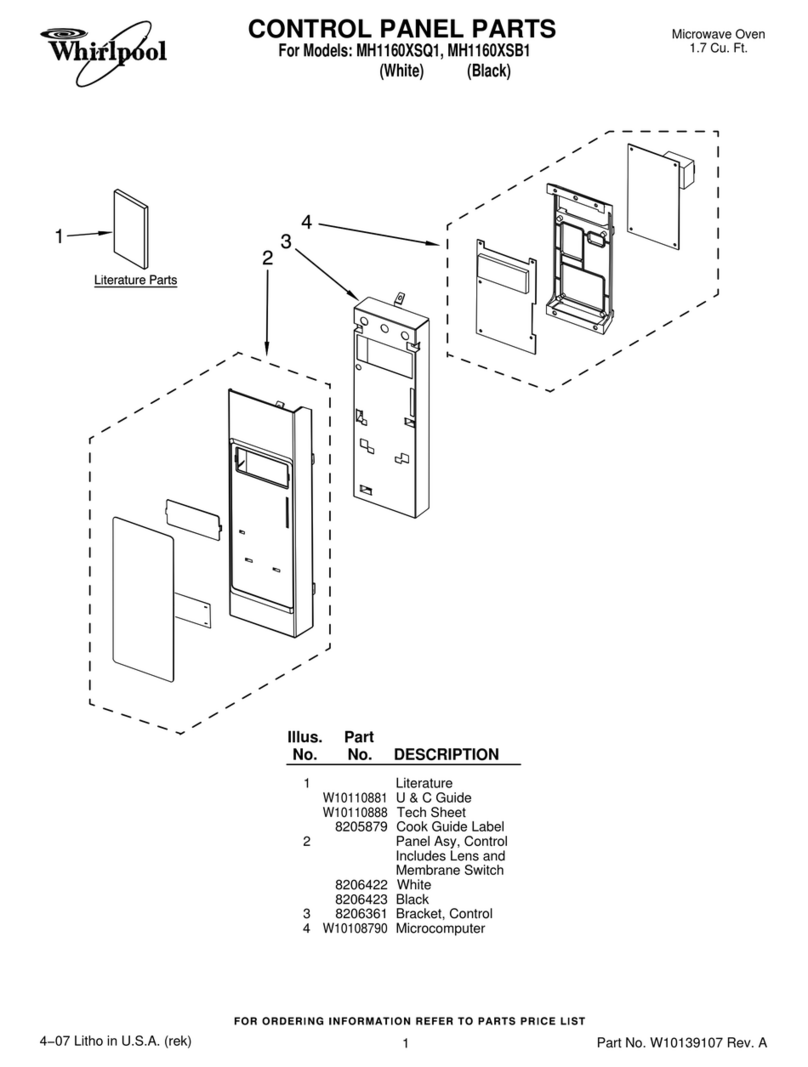
Whirlpool
Whirlpool MH1160XSB1 User manual
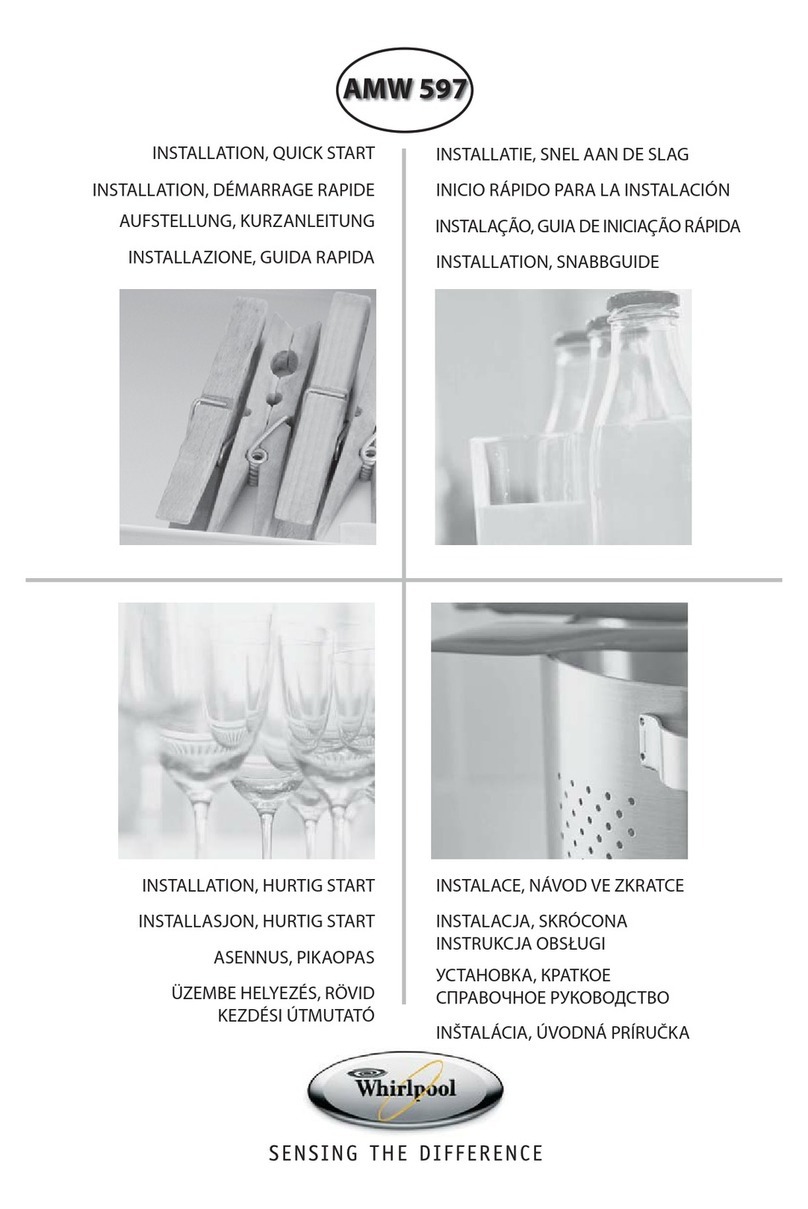
Whirlpool
Whirlpool AMW 597 Operating and maintenance manual
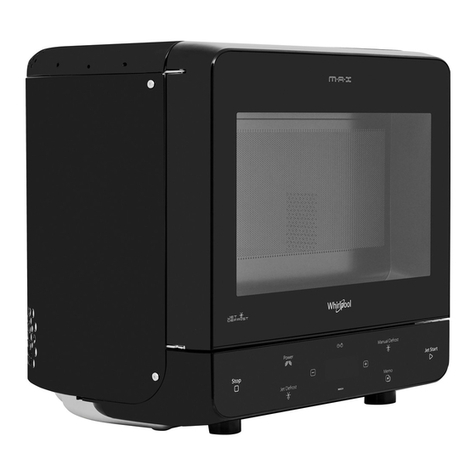
Whirlpool
Whirlpool MAX 34 User manual
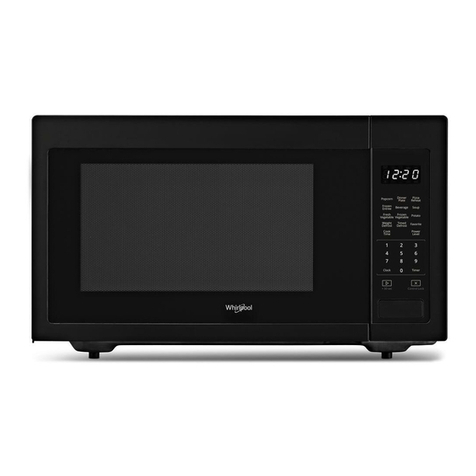
Whirlpool
Whirlpool WMC50522HV User manual
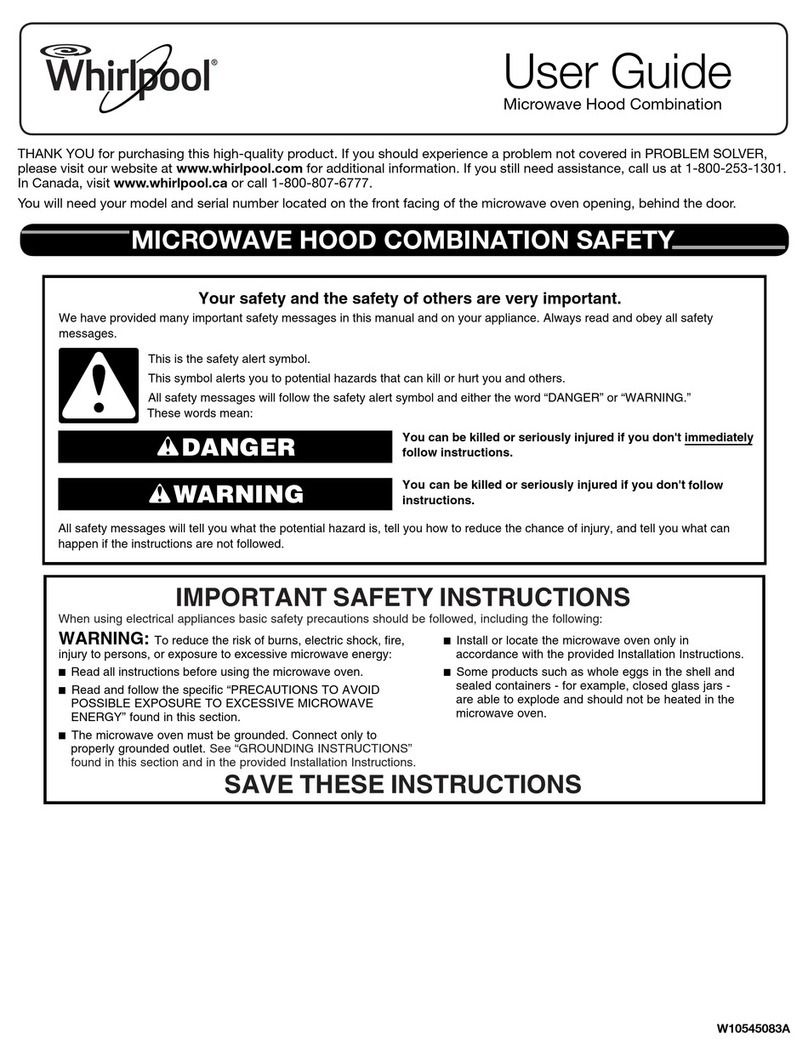
Whirlpool
Whirlpool W10545083A User manual
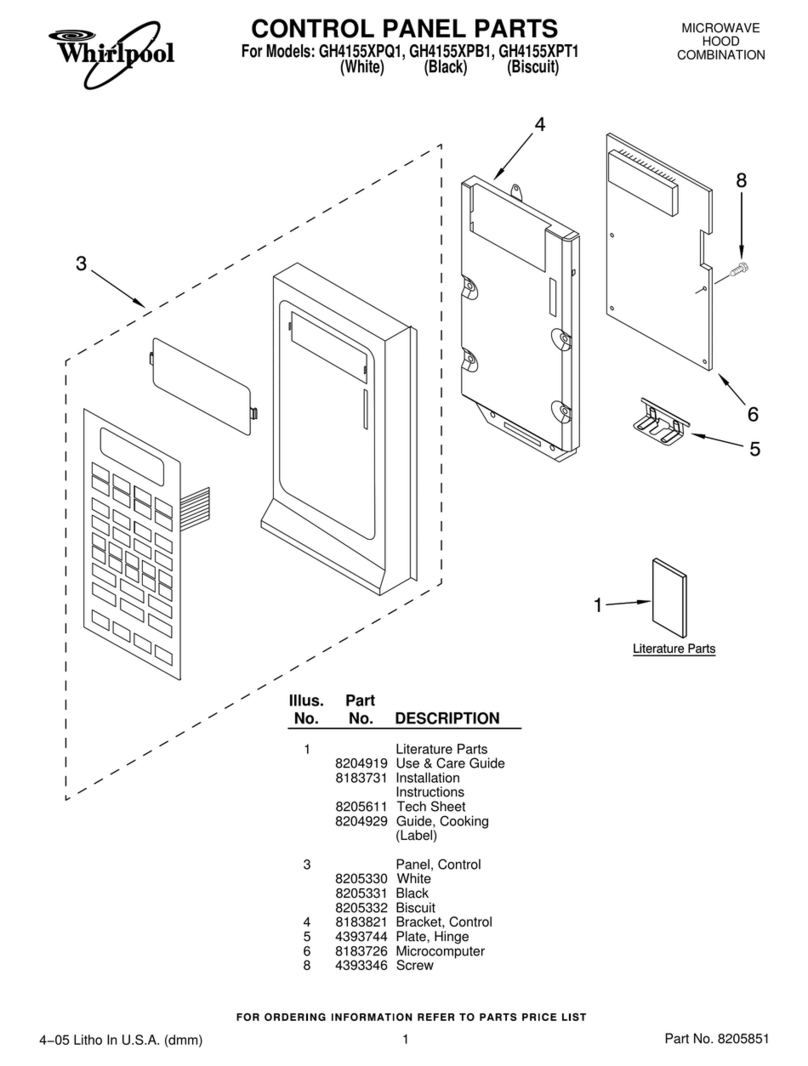
Whirlpool
Whirlpool GH4155XPB1 User manual
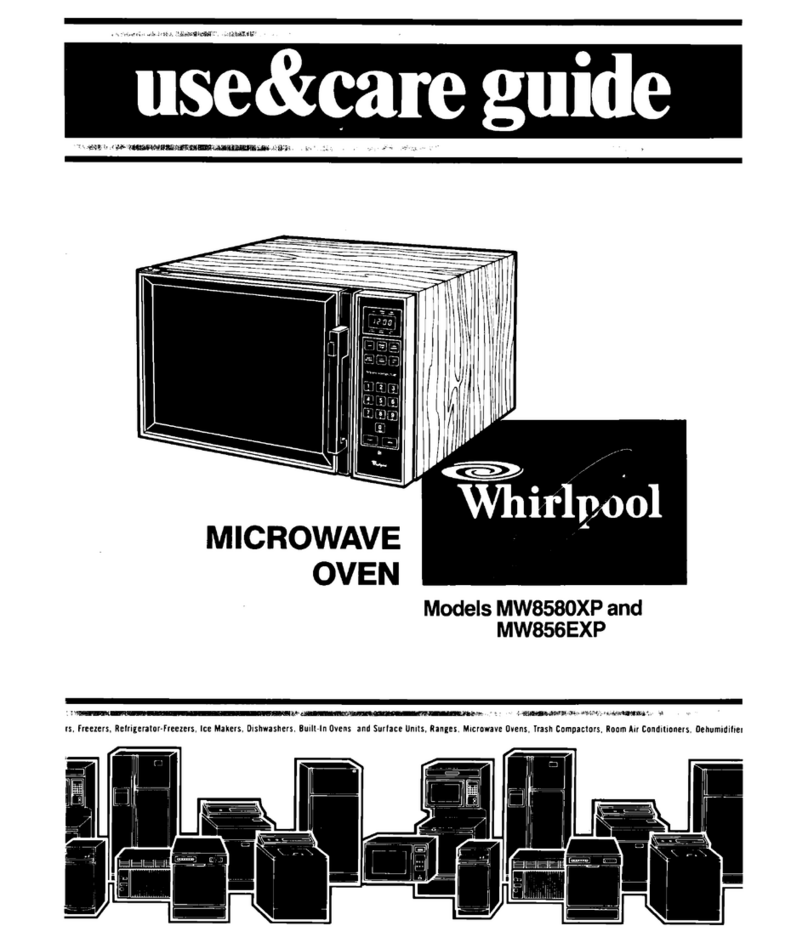
Whirlpool
Whirlpool MW856EXP User manual
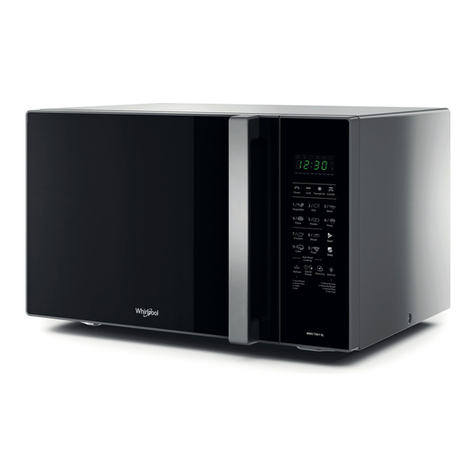
Whirlpool
Whirlpool MWO 730 SL User manual

Whirlpool
Whirlpool WMC30516AB User manual
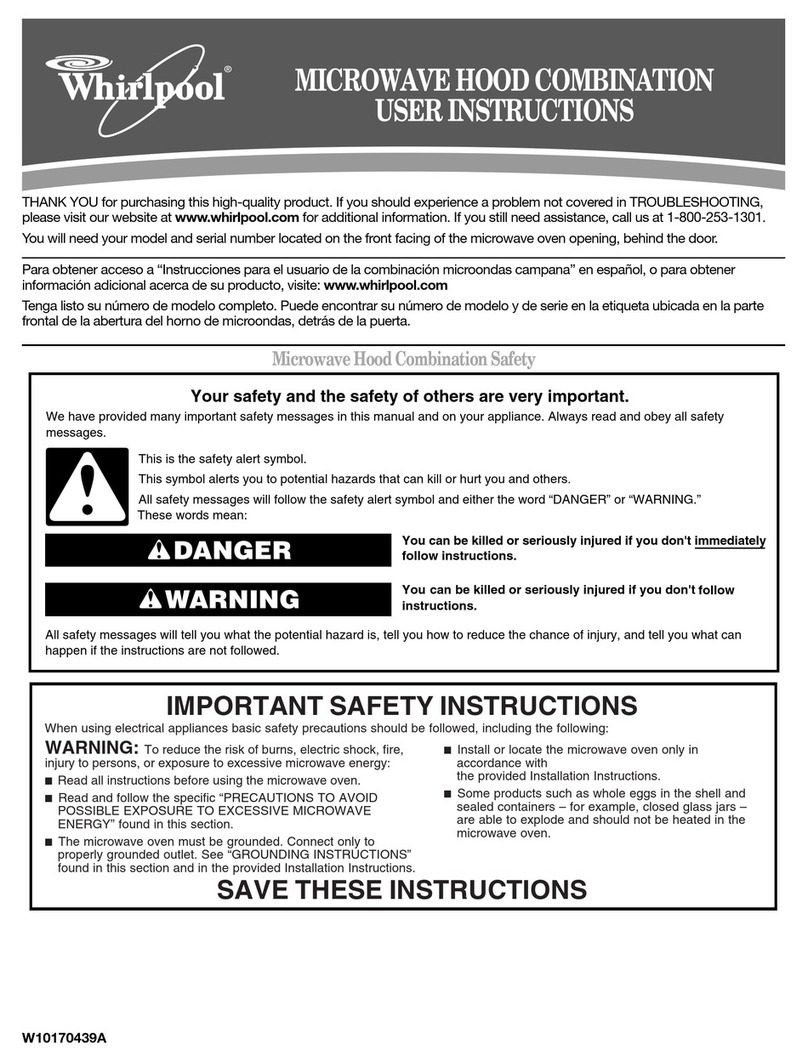
Whirlpool
Whirlpool GH7208XRY User manual

Whirlpool
Whirlpool WMH75021HV User manual
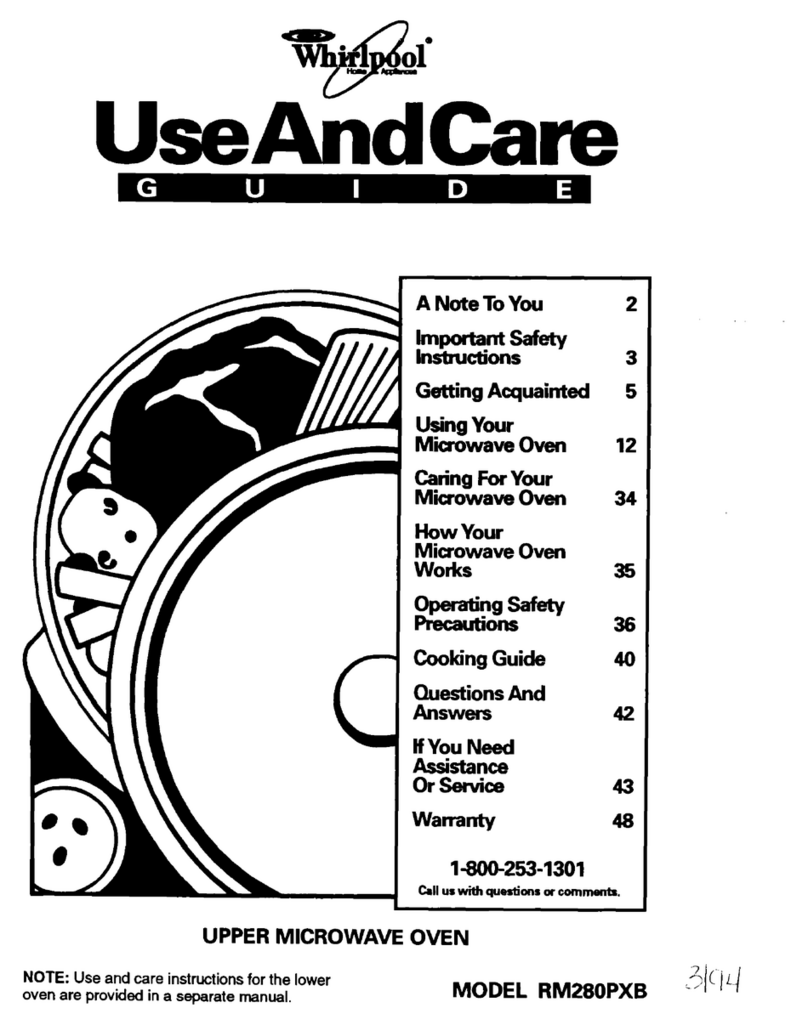
Whirlpool
Whirlpool RM280PXB User manual
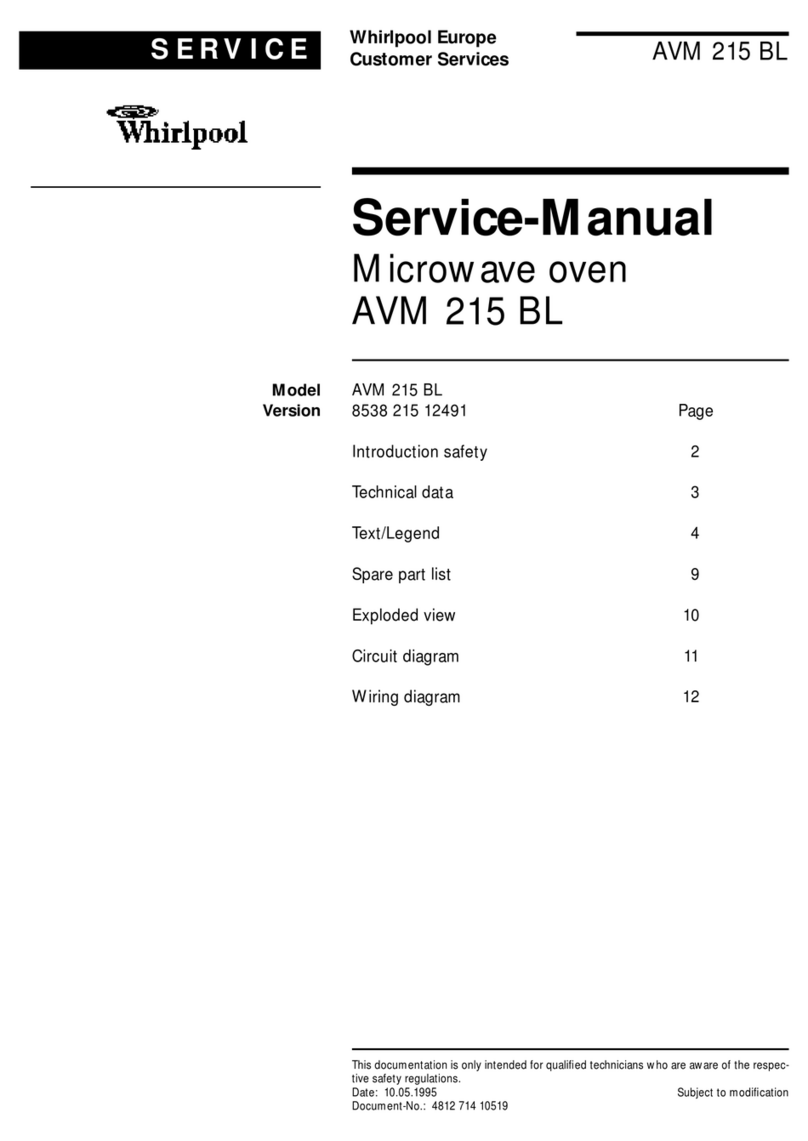
Whirlpool
Whirlpool AVM 215 BL User manual
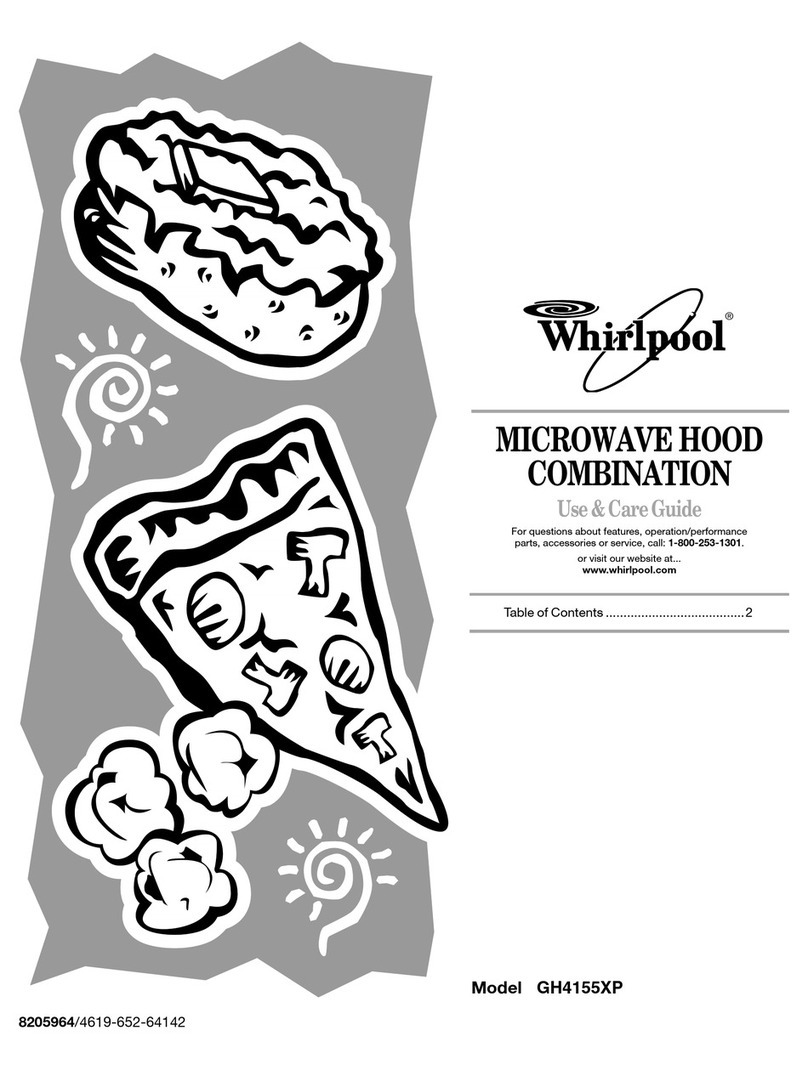
Whirlpool
Whirlpool 8205964 User manual
Popular Microwave Oven manuals by other brands

Conrad Electronic
Conrad Electronic 2372935 operating instructions

GE
GE Spacemaker JVM1440BH datasheet

DAEWOO ELECTRONICS
DAEWOO ELECTRONICS KOR-6L8K5S83 Operating instructions & cook book

DAEWOO ELECTRONICS
DAEWOO ELECTRONICS KOR-1N5A9S Operating instructions & cook book

Daewoo
Daewoo KQG-6617G Operating instructions & cook book

Samsung
Samsung M1779 Owner's instructions
